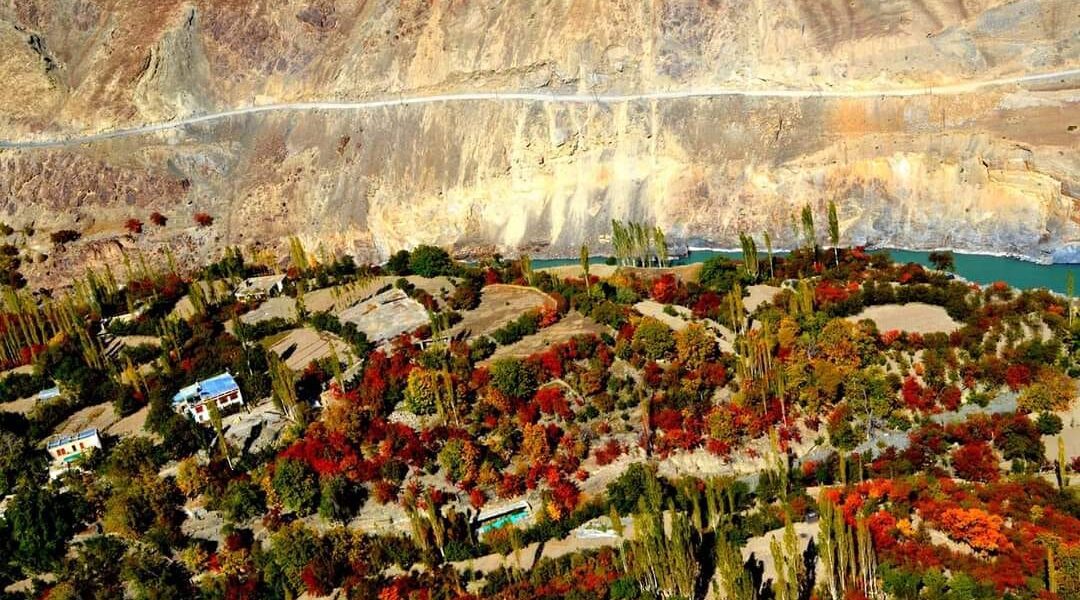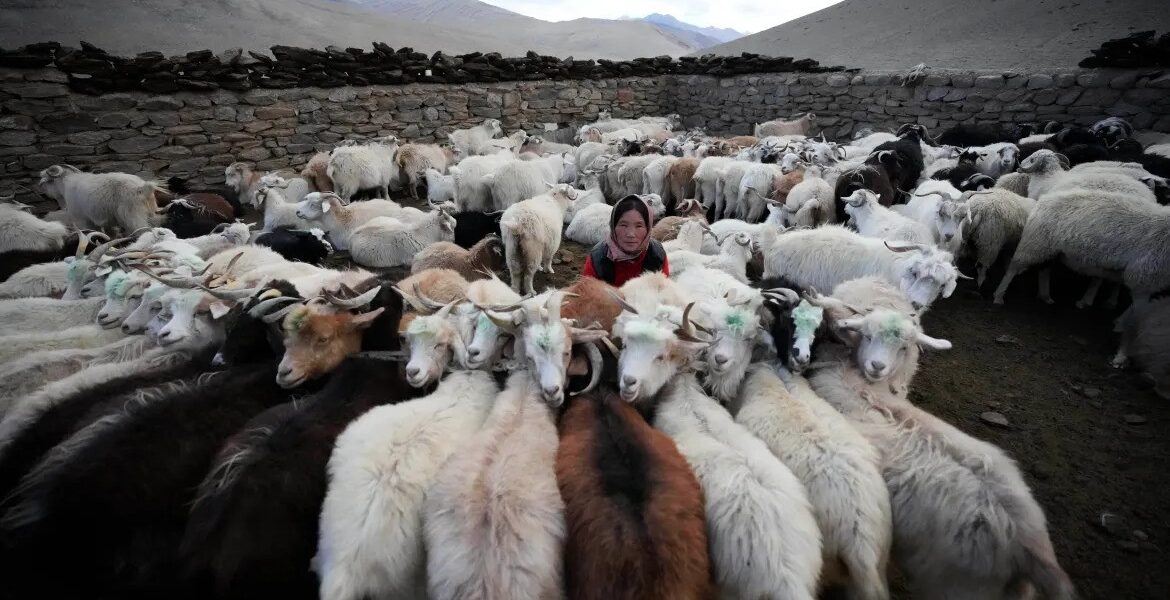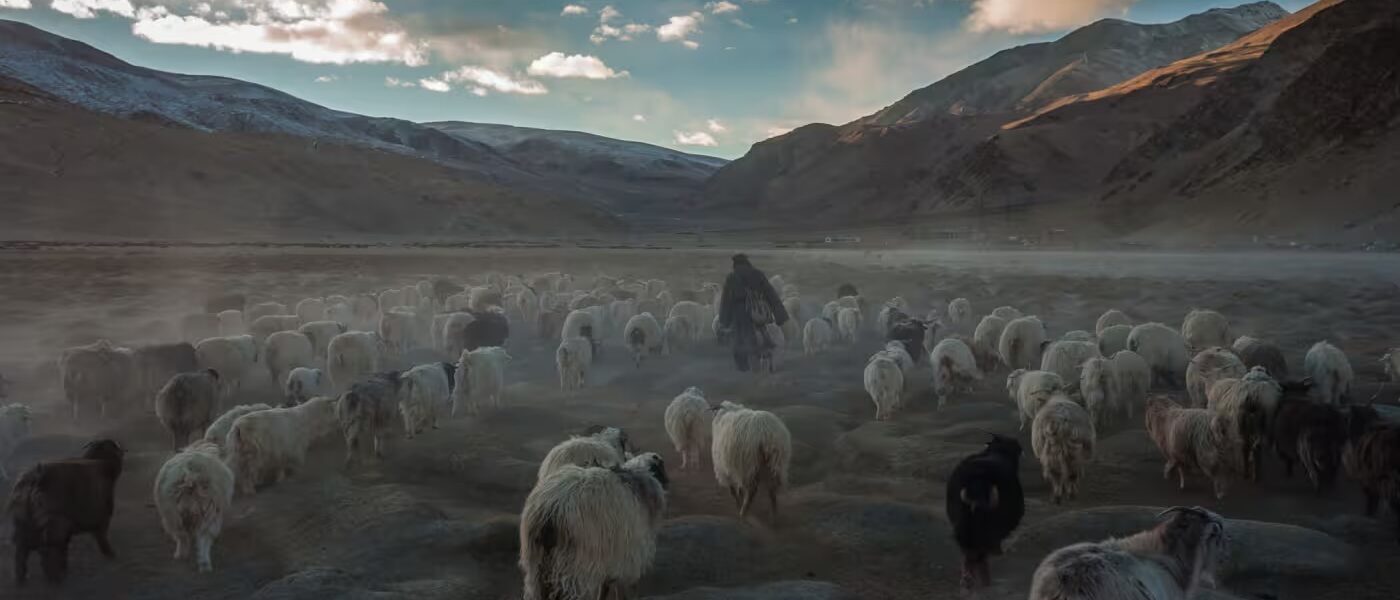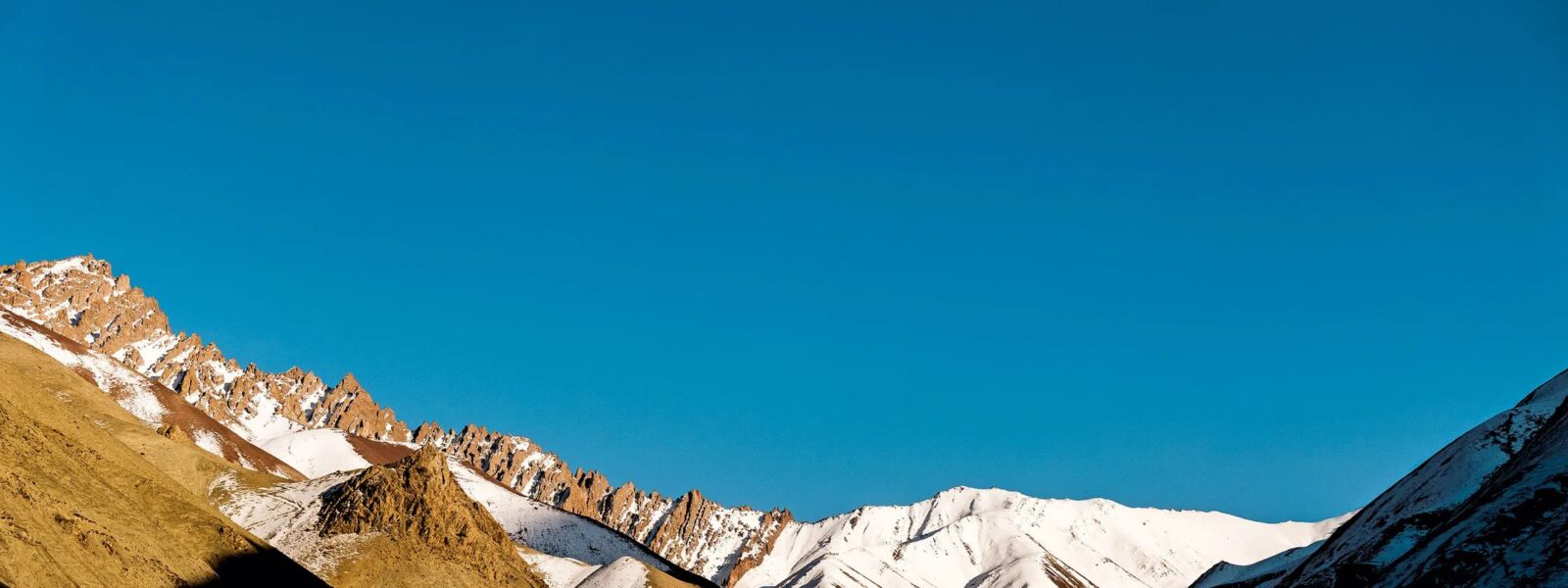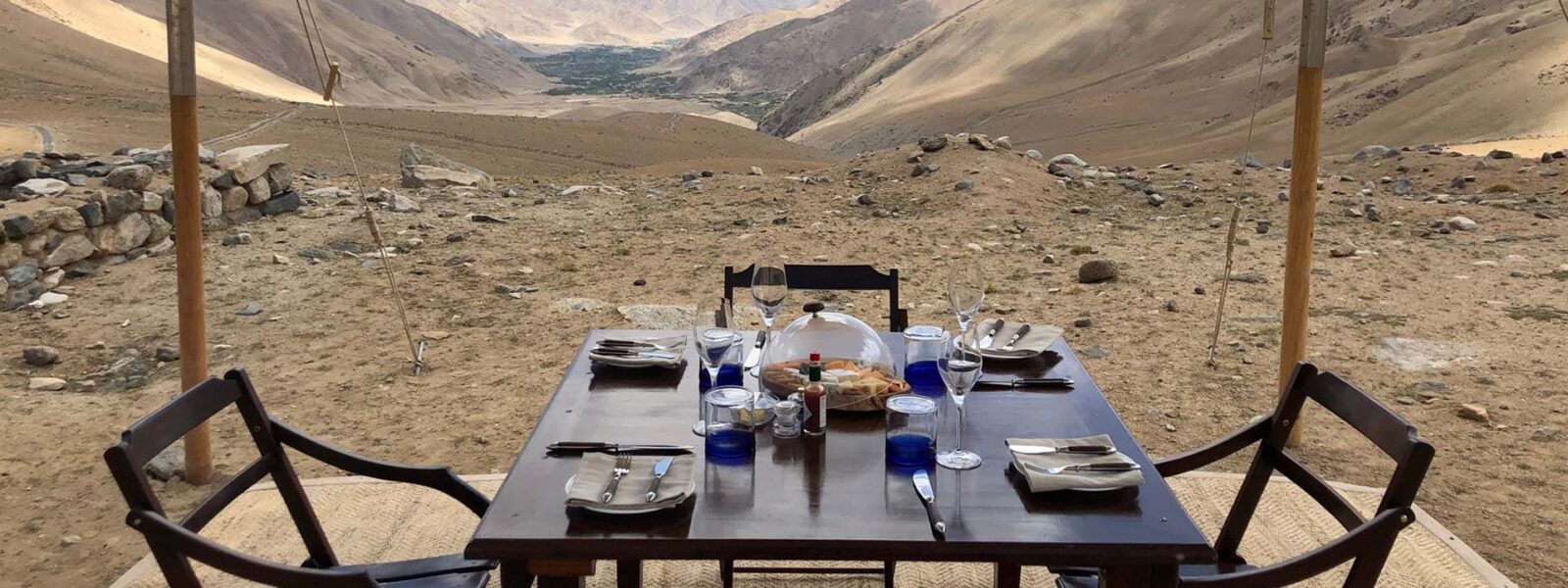Prologue: The Weight of Connection
The Tyranny of the Ping
Somewhere between Munich and Delhi, at 35,000 feet, I turned off my phone—not just the screen, but the idea of it. No more pings, no more alerts. For months, I had been drowning in a sea of red badges and blinking icons. Mornings began with emails. Nights ended with scrolling. What had once been a tool for freedom had become a leash—one we all wear, invisibly.
We Europeans love our connectivity. We stream Mozart in the Alps, order our croissants online in Paris, post our Tuscan vineyards to Instagram. And yet, somewhere deep inside, we ache for silence. Not the silence of a switched-off phone, but the deeper quiet—the one that rises only when digital noise has finally ceased.
I wasn’t fleeing technology; I was chasing something older, something elemental. A digital detox journey, yes—but not one staged with hashtags and retreats. I wanted the real thing. A place where the Wi-Fi doesn’t reach. Where the word “signal” refers to mountain flags, not cellular bars. Where one could finally, truly disconnect to reconnect.

Why Ladakh Called Me
A friend had once described Ladakh as “the edge of the roof of the world.” There, she said, you don’t just lose your signal. You lose your illusions. Her words stuck with me. In Berlin, in Lisbon, in Edinburgh—I kept hearing them echo through café noise and train station murmurs.
And so, I booked a one-way ticket. I packed a notebook, a wool sweater, and a desire to shed the skin of the screen. I wanted to step off the grid—into the Himalayas, into a world where nature whispers and silence listens.
Ladakh wasn’t on the influencer maps. It wasn’t #Wanderlust. It was real. Harsh. Ancient. A place where the soul—starved by algorithms—might find a form of sustenance that can’t be downloaded.
This was not a vacation. It was an exodus. A return to something sacred. The beginning of what I would soon understand as slow travel, mindful movement, and a confrontation with the self.
And so began my digital detox journey in Ladakh. Not in a yoga studio with Wi-Fi, but in the raw silence of mountains older than memory.
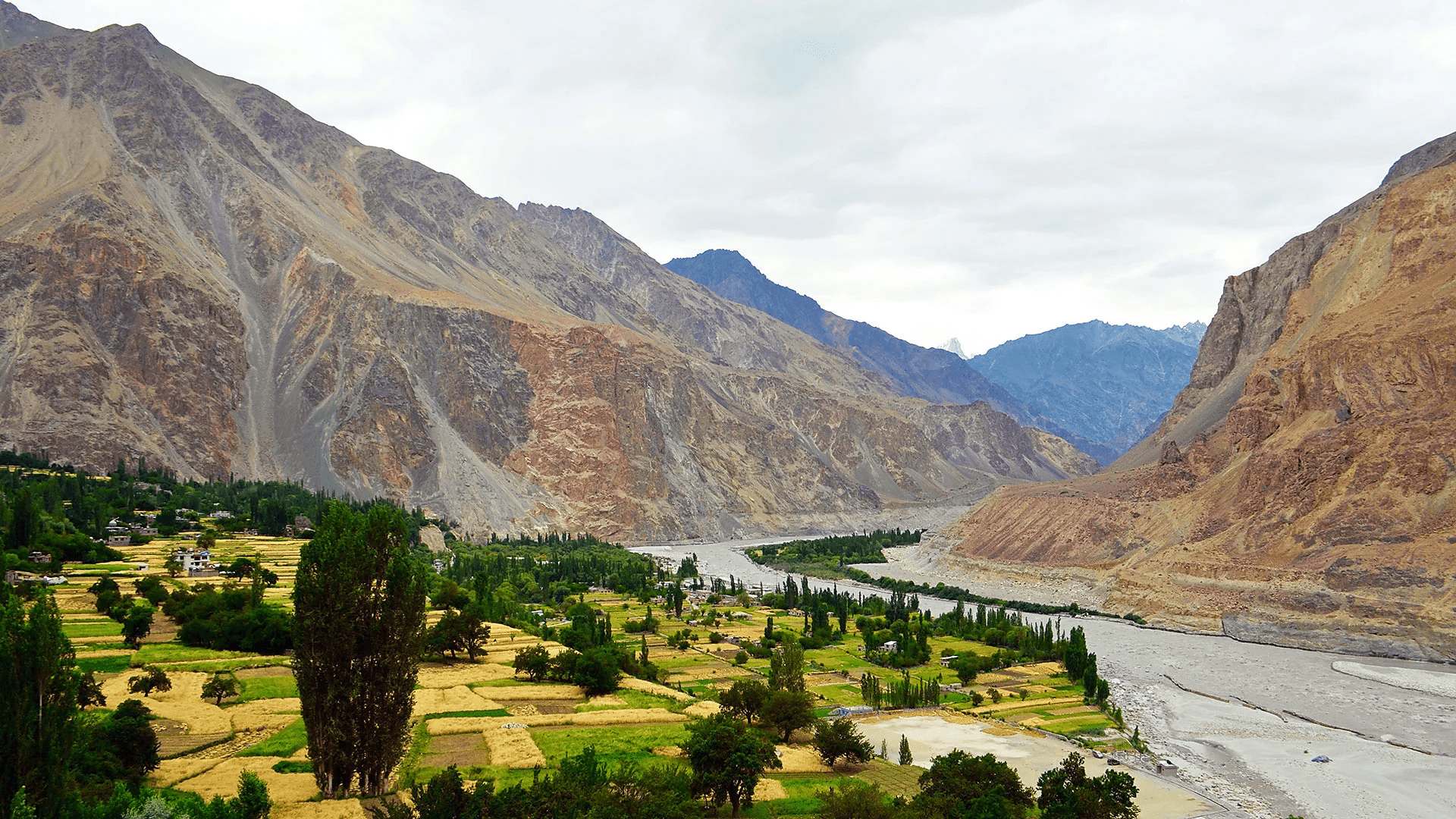
The Road to Disconnection: Leaving the Network Behind
The Last Signal Bar in Leh
I remember the exact moment the signal died. Somewhere past the prayer wheels of Leh, between a stack of prayer stones and a lorry painted in iridescent greens, my phone went silent. The last bar blinked, fought, and surrendered. And with it, the world I knew—emails, DMs, breaking news—disappeared into the Himalayan air.
Leh is the last liminal zone. Still tethered to the modern world, but only just. Cafés serve flat whites. Backpackers upload stories. There’s Wi-Fi, but it’s as fickle as mountain weather. Beyond the town, however, begins a realm untouched by push notifications—a place for those who wish to disconnect from technology and reconnect with presence.
My driver, Stanzin, smiled when I mentioned “no internet.” “Very good,” he said, gripping the wheel as we headed north. “Now you can hear yourself again.”
Crossing into Silence: Khardung La to Turtuk
We crossed Khardung La, one of the world’s highest motorable passes, where oxygen thins and thoughts become weightless. Wind tore across the ridge. There were no voices, no music—only the crackle of snow under tires and the soft flutter of Tibetan prayer flags. I looked around and felt, for the first time in years, off-the-grid.
As we descended into the Nubra Valley, the world changed texture. Time slowed. Villages appeared like faded brushstrokes—Diskit, Hunder, and finally, Turtuk: a place so remote it barely appears on some maps. No network, no ATMs, not even signs. Only apricot trees, stone homes, and the smell of salt in mountain wind.
This was not absence. This was presence. The absence of signal made space for something else—conversation, breath, walking without destination. It was here, in this stillness, that I began to grasp the essence of a digital detox retreat in Ladakh. Not structured wellness, but wild, unscripted retreat. One imposed by terrain, not trend.
For a European traveler used to timetables and Wi-Fi on trains, this surrender to the unknown was both unnerving and liberating. I wasn’t traveling anymore—I was dissolving into the place. Becoming part of its rhythm. And it began with simply losing a signal.
As night fell over Turtuk, I sat by a fire with a local family. No phones, no lights beyond the stars. A child brought out a wooden game. The elders poured tea. In that flickering orange glow, surrounded by strangers who felt like kin, I felt something stir: the return of simplicity, of presence, of something long forgotten in the static of modern life.
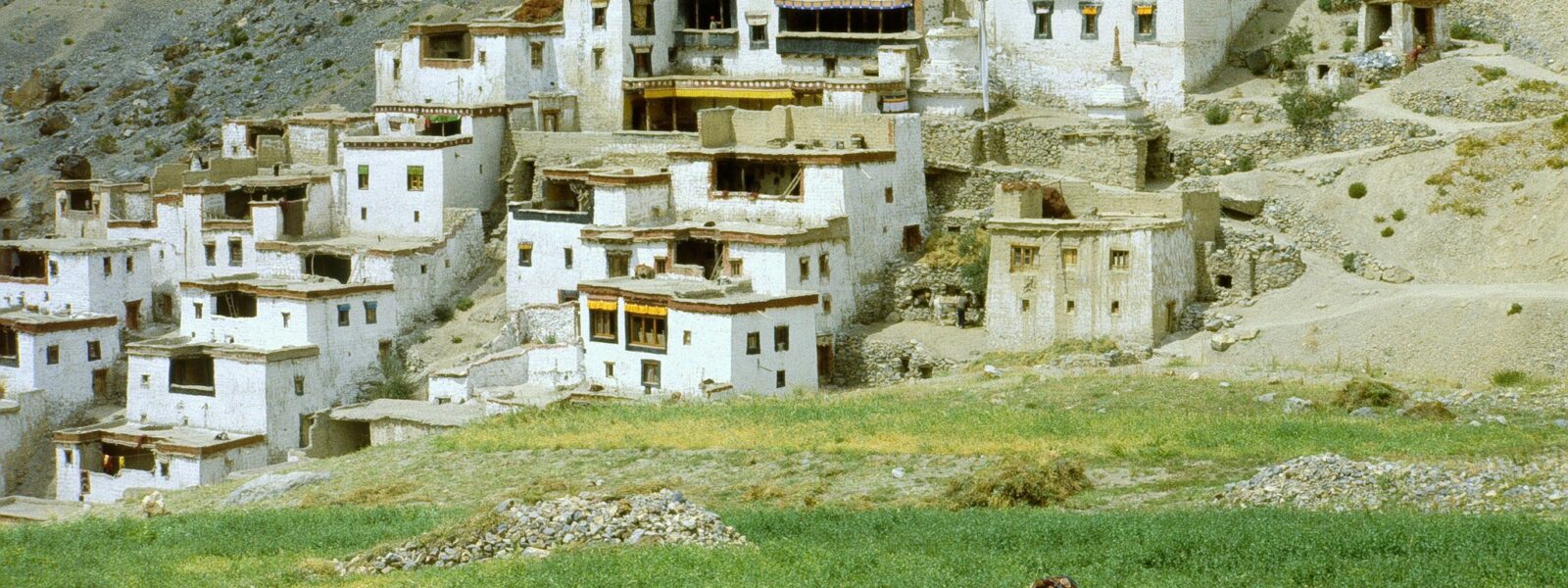
The Places That Rewire the Soul
In the Apricot Groves of Turtuk
Turtuk is not a destination. It is a revelation. Nestled near the Pakistani border, this village is a page torn from another era—where stone paths wind between apricot trees and children run barefoot with kites made from newspaper and string. There is no internet here. No buzz of WhatsApp calls or hum of TV static. Instead, there is wind. Trees. The rhythmic sweep of scythes in barley fields.
I stayed in a homestay where the matriarch, Fatima, cooked meals over open flame and smiled without pretext. She didn’t ask for my Instagram. She didn’t want a review. She wanted to know if I had slept well. And I had—better than I had in years. A real human connection, one that didn’t require a password or data plan.
The groves were in bloom when I arrived. Pink and white petals dusted the paths like forgotten prayers. I wandered aimlessly through the orchard, inhaling the sweetness of apricot blossoms and the silence of unhurried time. This was not luxury. It was something rarer: the luxury of being unseen. Of being free from performance.
The Yak Herder’s Hut in Nubra
Farther into the valley, I trekked up to a yak herder’s stone shelter, perched above the dunes of Hunder. The man—thin, leathery, wrapped in wool—welcomed me with butter tea and firewood. He spoke little English, and I spoke no Balti, but it didn’t matter. We shared space, warmth, and silence. This was presence in its purest form.
The nights there were endless and starlit. I wrote by candlelight. Listened to the wind push against the slate roof. Every sound felt sharper, every moment longer. I had no digital record of those nights. And yet, they are etched into me with greater clarity than a thousand photos.
I realized that to travel to reconnect with yourself, you must first be willing to shed the digital self. You must go where the network ends—and where the heart begins to listen again.
Zanskar’s Echoes: When the Mind Becomes Still
Zanskar is a place of echoes. The kind that bounce not just between cliffs, but within your chest. Here, I found no signs, no maps, no schedules. Just the raw bones of the Himalayas and the slow footfall of monks heading to morning prayers. The air was thinner, the thoughts fewer.
I stayed at a monastery guest room for two days. I was offered tsampa, butter tea, and a space to sit in silence. At dawn, the chanting began. Low and rhythmic, it vibrated through my spine. There was no need for playlists or podcasts. This was wellness without branding, stillness without apps.
If you ask me now, where I was most alive, most myself—it was there, seated on a stone ledge in Zanskar, the sky bruised with dusk, and the sound of prayer wheels spinning in the wind.

What Happens When You Disconnect
A New Rhythm of Being
The first thing you notice when you disconnect is not the absence of something—but the emergence of something else. A rhythm. A cadence. It is slower, certainly. But it is not empty. It is generous. In Ladakh, time does not rush. It sits beside you. It waits.
On the third day without screens, I awoke with the sun—not because I had set an alarm, but because the mountains asked me to. I boiled tea slowly, letting it steep while I watched the clouds over the ridges. I journaled, not for followers, but for the silence inside me. This was mindful travel, not curated content.
There is a reason why so many of us in Europe feel exhausted, even when we are not working. The endless alerts, the tabs open in our minds, the push-pull of the digital world—it steals something vital. In Ladakh, that digital burnout began to peel away. My breath deepened. My gaze lingered. My presence returned.
From Notifications to Silence: The Inner Shift
I didn’t expect it to feel so physical. But it did. The moment my hands stopped reflexively reaching for the phone, they reached for other things: rocks, herbs, wooden spoons, the curve of prayer beads. Silence began to fill the corners of my mind where noise once ruled. It wasn’t a silence of emptiness—but of listening.
One morning near Sumur, I sat by a stream for over an hour. No book. No camera. Just the sound of water over stone. I realized then that this kind of attention—the ability to be still without reaching for distraction—was a kind of muscle. And mine, long unused, was finally returning to strength.
The local children would run past me on their way to school, shouting greetings in Ladakhi, laughing. None of them were tethered to devices. Their joy was immediate, physical. Watching them, I remembered what it meant to be present in one’s own life, without mediation.
Things You Start Noticing Again
The way barley sways in late afternoon wind. The smell of juniper smoke. The sound of a raven’s wing slicing through cold air. The ache in your calves after a long walk. These are small things. But they are sacred. And in the modern world, we have taught ourselves to overlook them.
But in Ladakh, with no signal to interrupt them, these things became my companions. They rewrote my days. They gave me back my attention, which is perhaps our most precious—and most squandered—resource.
To disconnect from technology is not an act of rejection. It is an act of return. A return to nature, to self, to slowness. And in that return, something extraordinary happens: your life begins to belong to you again.
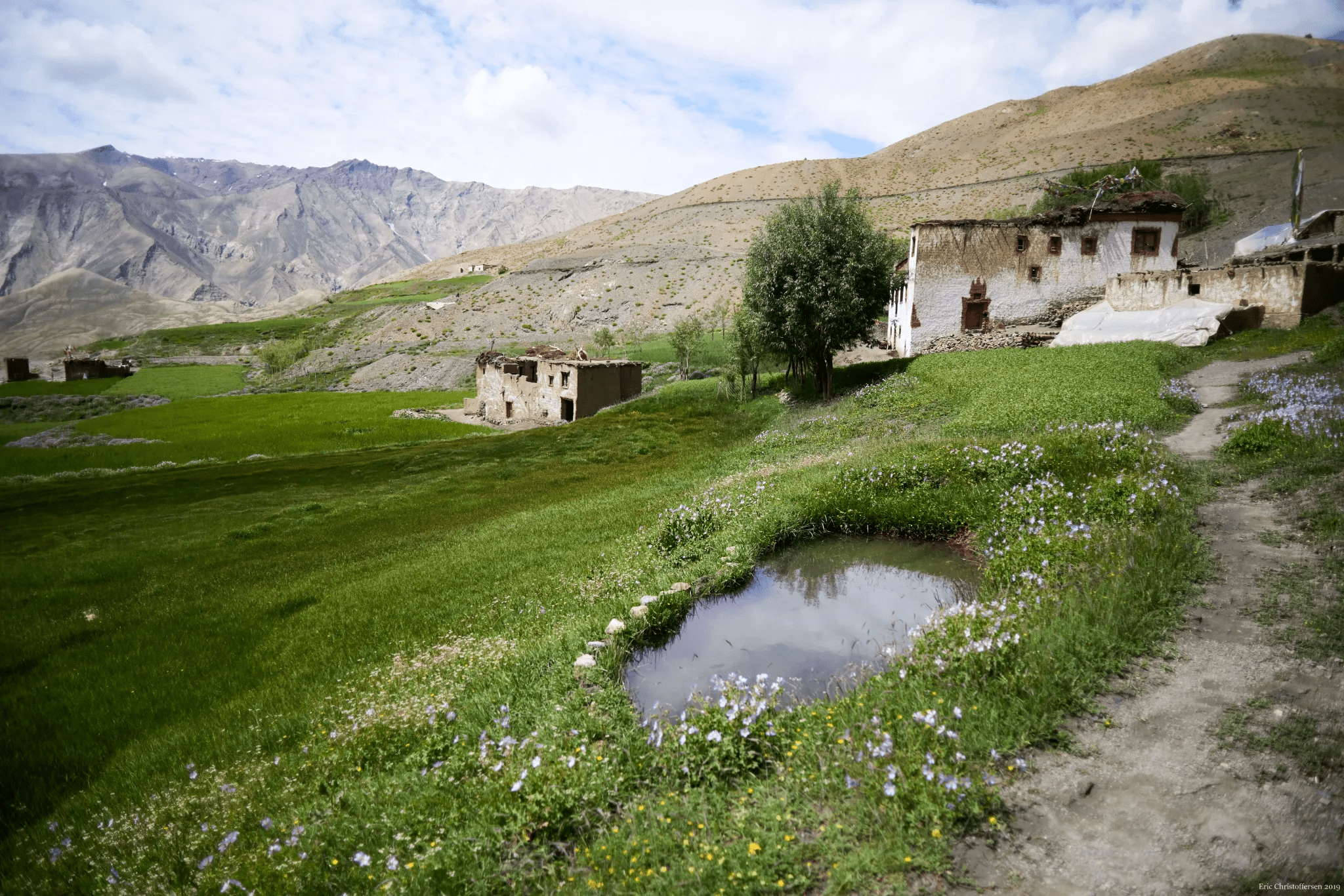
Where to Begin Your Own Digital Detox Journey in Ladakh
Recommended Routes & Villages to Disconnect
If you are seeking places where your phone becomes a paperweight and your mind regains clarity, Ladakh has many. But not all destinations are equal when it comes to the digital detox experience. Some remain tethered—connected by cafes with sluggish Wi-Fi or tourist shops chasing signal. Others, however, are deliciously untouched by modern infrastructure. These are the places where off-the-grid travel becomes not just possible, but inevitable.
Start with Turtuk, a remote village near the border, famed for its apricot orchards and soul-stilling silence. Hemis Shukpachan in Sham Valley is another gem—peaceful, slow-paced, and surrounded by whispering willows. For those craving high-altitude serenity, Phugtal Monastery in Zanskar offers a setting so remote that even mules struggle to reach it. These are not locations for convenience. They are landscapes of stillness—perfect for those seeking to unplug and unravel.
Nubra Valley, Sumur, and the hidden village of Tia in Kargil are also among the best places for a nature-based healing retreat. These locations lack reliable network coverage—not as a gimmick, but as a gift. This absence creates space for something richer: long walks, conversations with locals, moments of true solitude under a Himalayan sky.
Homestays Over Hotels: Choosing Human Connection
To truly experience Ladakh’s healing silence, avoid the polished boutique hotels in Leh. They are comfortable, yes, but they are also connected—wired to the world you are trying to leave. Instead, choose homestays. Stay with families. Eat what they eat. Sit where they sit.
In Sakti, I stayed with an elderly couple who had never seen a smartphone. We communicated with gestures and shared tea. They showed me how to make tsampa, told stories of mountain spirits, and led me to a glacial stream hidden behind the ridge. In their home, I didn’t feel like a tourist. I felt like a visitor to another rhythm of life. Slow travel experiences like these aren’t just restful. They are transformational.
Homestays offer what no hotel can: authentic connection. With fewer amenities and no screens, you’re invited to live simply, to observe deeply, to listen—really listen—to people who speak the language of the land.
Practical Advice for Going Off the Grid
Before setting out on your digital detox retreat in Ladakh, there are a few things to keep in mind. First, notify family or friends that you’ll be unreachable. Pack a physical map and a power bank—not for Instagramming the peaks, but in case your torch needs a boost. Bring a notebook. You will want to write.
Dress in layers. Temperatures in Ladakh shift dramatically. Carry cash, as ATMs are non-existent in many villages. And most importantly, bring curiosity. You are not just escaping a screen—you are walking into a landscape that challenges, heals, and redefines what it means to be connected.
Many Europeans come to Ladakh seeking exoticism. But what they find is intimacy: with the land, with strangers, and with themselves. This is not simply travel. It is pilgrimage without dogma, a reset without noise.

The Reconnection: What We Bring Back
Stories Instead of Scrolls
When I returned to Europe, friends asked the usual question: “How was it?” But I found myself pausing. The answer didn’t fit into words easily. There were no reels. No photo dumps. No running commentary. I hadn’t posted once. What I brought back instead were stories—raw, unfinished, lived.
A child in Turtuk who showed me how to skip stones across the Shyok. A monk in Zanskar who let me sit beside him in silence for an hour. A woman in Sham Valley who wept while showing me a photo of her husband, lost to the mountain snow. These stories will never trend, but they remain with me—etched into the deeper archives of the heart.
We Europeans are good at documenting, but not always at feeling. Ladakh teaches you to invert that. To live a moment fully, then let it go. Not to share it, but to carry it like a stone in your pocket—something you reach for when life becomes too loud.
A Mind Less Cluttered, a Heart More Full
The impact of the journey revealed itself slowly. I found myself walking more. Leaving my phone behind when heading to the market. Listening better. Speaking less. Something had shifted, subtly but unmistakably. I was not just more rested. I was more whole.
In Berlin, I noticed how loud the world had become. Screens in every window, voices in every direction. But inside, I had begun to cultivate something quieter. A place where my breath could settle. This was not merely the effect of a holiday. It was the residue of mental detox, of slow travel as medicine.
To reconnect with yourself is not about finding answers. It’s about rediscovering the ability to listen—to your own rhythms, your own hesitations, your own need for rest. Ladakh gave me back that listening. It reminded me that clarity doesn’t shout. It whispers.
The Paradox: Offline Made Me More Alive
We often think of being “offline” as absence. But Ladakh taught me the opposite. In going offline, I became more present. In stepping away, I stepped deeper in. There is a paradox in this journey—one that many in our wired world struggle to understand: that disconnection can be the most powerful form of reconnection.
I no longer chase Wi-Fi at airports. I don’t reach for my phone the moment I wake. I look out the window more. And sometimes, when I’m lucky, I remember the way prayer flags move in the wind, or the taste of yak butter tea, and I feel that Ladakh isn’t just a place I visited—it’s a place that rewired me.
This is the essence of transformative travel. Not adrenaline. Not checklists. But the quiet, persistent way a landscape changes you—and how, without warning, it follows you home.
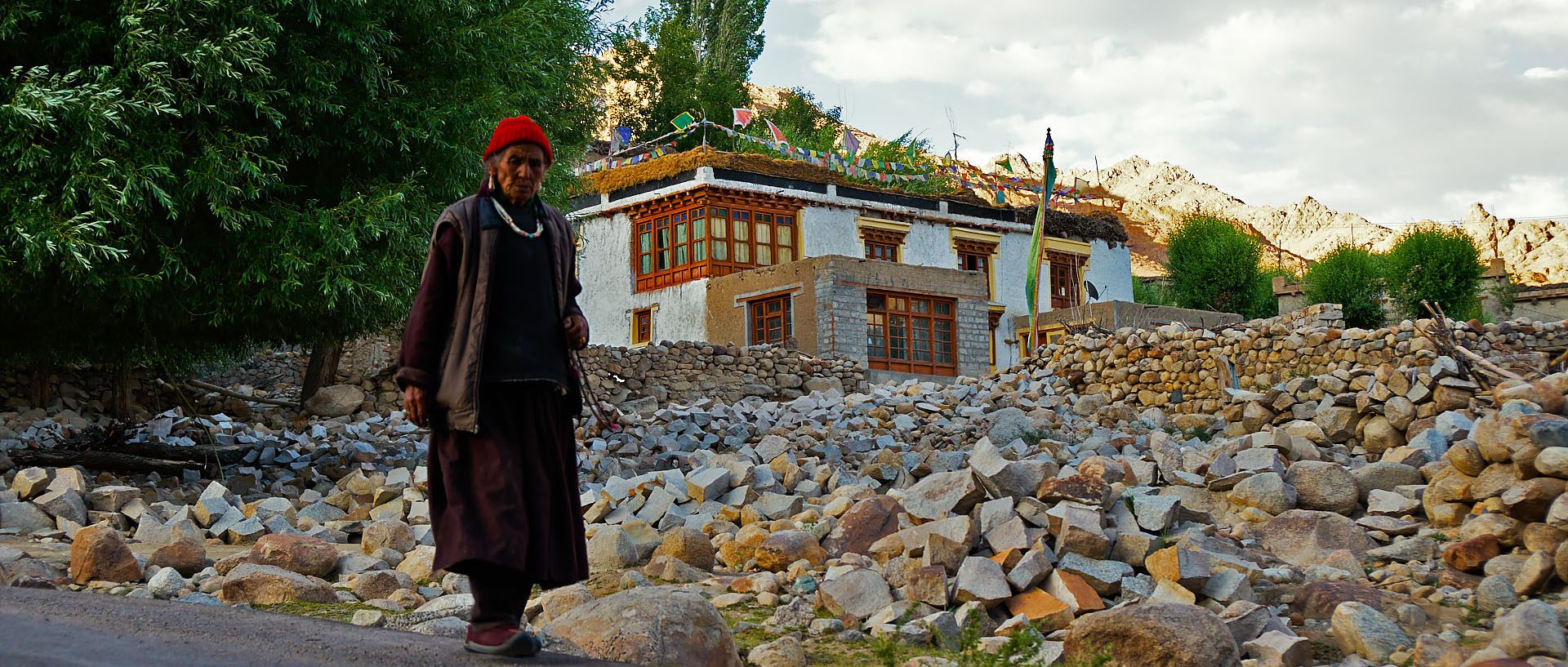
Epilogue: A Quiet Revolution in the Himalayas
Ladakh’s Role in the Future of Conscious Travel
Ladakh is not changing for tourism. It is changing tourism itself. In a world increasingly obsessed with speed, reach, and visibility, Ladakh offers something radical: stillness, remoteness, and the humility of silence. Here, wellness tourism doesn’t come wrapped in scented towels or five-star spas. It arrives through simplicity—through mountain wind, barley fields, and conversations beside stoves burning apricot wood.
This is not a destination designed for consumers. It’s a geography that invites transformation—not through entertainment, but through exposure. The land asks nothing of you but presence. And for those willing to meet it halfway, Ladakh becomes more than a place. It becomes a mirror.
As more travelers seek sustainable and meaningful travel experiences, Ladakh quietly stands apart. Its remoteness protects it. Its culture preserves it. And for those of us coming from cities that pulse with Wi-Fi and caffeine, this high desert offers something we didn’t know we needed: pause.
A Map Without Wi-Fi
I keep a folded map from that journey—creased, tea-stained, torn at the corner. There are no location pins on it, no saved coordinates. Just names written in looping script: Hunder. Sumur. Tia. Zanskar. Each one a pulse point of a deeper geography—not measured in kilometers, but in clarity.
That map reminds me that the truest navigation doesn’t happen on screens. It happens on foot, in breath, through pauses. Eco-conscious travel, when practiced with respect, is not about going green—it’s about going deeper. About touching land without needing to tag it.
For Europeans caught in the fast-turning machinery of modern life, a journey to Ladakh is not escape—it is return. To slowness. To self. To silence. And in that return lies revolution—not loud, not viral—but profoundly, powerfully personal.
So, leave your phone behind. Take the road that climbs into shadowed passes and opens into cloud-cut skies. And when the signal disappears, listen closely. You’ll hear it. The sound of yourself, returning.

About the Author
Edward Thorne is a British travel writer and former geologist whose prose is marked by sharp observation, restrained emotion, and an unwavering devotion to the physical world. He does not describe feelings — he describes what is seen, heard, touched. And in those descriptions, readers find the silence, awe, and disquiet of remote landscapes.
Born in the Yorkshire Dales and educated in Edinburgh, Edward spent over a decade mapping fault lines and sediment layers across South America, Central Asia, and the Arctic Circle. His shift to travel writing came not from a love of storytelling, but from an obsession with the texture of place — how rock meets wind, how a shadow falls on stone, how silence can shape a sentence.
He now writes from a stone cottage on the western edge of Ireland, often without electricity, often in the rain. His work has appeared in European journals and long form anthologies that celebrate slow travel, ecological awareness, and unfiltered encounters with the world’s last wild places.
Edward does not seek to entertain. He seeks to reveal.

